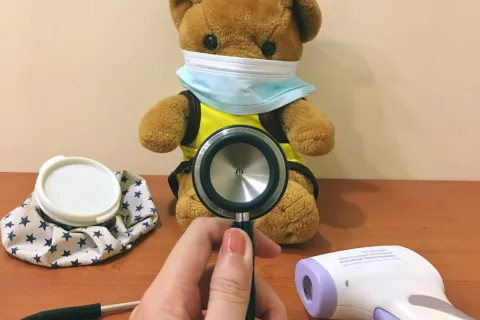Six Tips to Help Prevent Wandering and Wandering-Related Tragedies
From AWAARE: Autism Wandering Awareness Alerts Response Education Coalition
1. Secure Your Home
Consider contacting a professional locksmith, security company or home improvement professional to promote safety and prevention in your home. You may find it is necessary to prevent your loved one from slipping away unnoticed by installing secure dead bolt locks that require keys on both sides, a home security alarm system, inexpensive battery-operated alarms on doors, placing hook and eye locks on all doors above your child's reach, fencing your yard, adhering printable STOP SIGNS to doors, windows and other exits, etc.
2. Consider a Locating Device
Check with local law enforcement for Project Lifesaver or LoJak SafetyNet services. These tracking devices are worn on the wrist or ankle and locate the individual through radio frequency. Various GPS tracking systems are also available.
3. Consider an ID Bracelet
Medical ID bracelets will include your name, telephone number and other important information. They may also state that your child has autism and is non-verbal if applicable. If your child will not wear a bracelet or necklace, consider a temporary tattoo with your contact information.
4. Teach Your Child to Swim
Swimming lessons for children with special needs are available at many YMCA locations. The final lesson should be with clothes on. Remember: teaching your child how to swim does not mean your child is safe in water. If you own a pool, fence it and if neighbors have pools, let them know of these safety precautions and your child's tendency to wander. Remove all toys or items of interest from the pool when not in use.
5. Alert Your Neighbors
It is recommended that caregivers plan a brief visit with neighbors to introduce their loved or provide a photograph. Knowing your neighbors can help reduce the risks associated with wandering. See the caregiver tool kit below for resources to use to alert them.
6. Alert First Responders
Providing first responders with key information before an incident occurs may improve response. Informational handouts should include all pertinent information and be copied and carried with caregivers at all times. Circulate the handout to family, neighbors, friends and co-workers, as well as first responders. See the tool kits below for resources to use to alert them.








